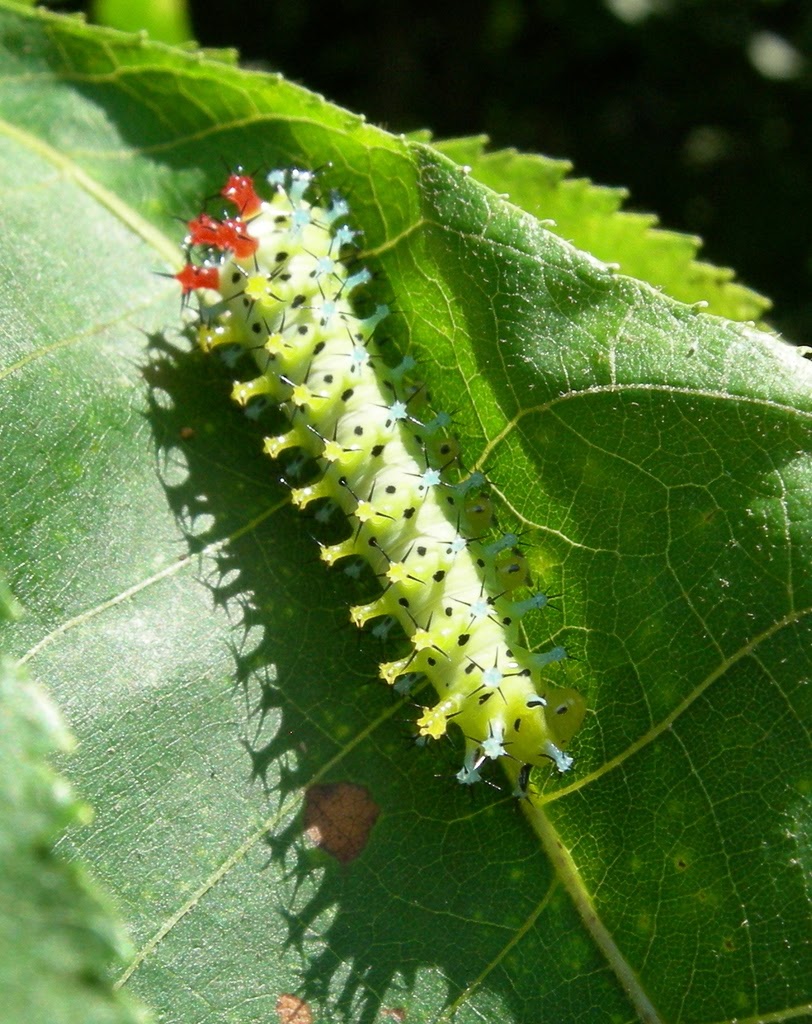
It’s September, and it seems like there are caterpillars on every tree and bush, gorging themselves on leaves before winter. These tiny creatures are a key piece of the food web: a meal for migrating birds, and consumers of plants.
Explore caterpillars with us on our virtual field trip, or with the activities below!
WAYS TO LEARN ABOUT CATERPILLARS:
On your own, outside: conduct a caterpillar study with a stick and a sheet.
On your own, inside: learn the caterpillars of southeast Ohio.
Caterpillar Virtual Field Trip: Friday, Sept. 25, 2020
Every Friday from 10:30 to 11:00am, we hold a Zoom call live from the woods. This week, we’ll talk about caterpillars, and how to find them.
If you haven’t registered for our fall field trips yet, go here: https://us02web.zoom.us/meeting/register/tZUpcu6qqTsoHNKDfYwskjOqiSjAU_4HxFma. You’ll receive the link to the call in your email.
We welcome sharing your own caterpillar discoveries or stories on the call!
Watch the recording:
On your own: outside
Become a caterpillar scientist by doing your own caterpillar study in trees near you!
What you will need:
- A solid stick you can easily hold and swing (not a wet one that will break.)
- A white towel, pillowcase, or sheet to catch caterpillars and other critters.
- Optional: a camera to take photos of what you find to upload to iNaturalist.
Once you have all of your tools, find a patch of trees you can easily and safely get to, whether it is in the forest, in your backyard, or at a park.
Your mission is to survey 10 different trees for caterpillars. It is easiest to survey young trees with leaves closer to the ground.
When you find the first tree you want to survey
, choose an area of leaves you can reach with your stick. Try to pick spots with around 50 leaves. Place your white cloth underneath the area of leaves to catch whatever falls out of the tree when you hit it. Then, take your stick, and give the leaves 10 firm hits, not hitting so hard that you damage the tree.Watch Joe take a swing at this method of caterpillar collection:
After ten hits, look at your white cloth. What’s moving on it? Did any caterpillars fall on your cloth? Count the number of insects you see.
If you find a cool insect or caterpillar that you want to know more about, take a photo and upload the photo to iNaturalist. The app will tell you what species it guesses the caterpillar is and allow others to see your neat find!
(Learn more about using iNaturalist here).
Repeat this process 10 times with 10 different trees. Did you find more caterpillars on one type of tree than another? Which tree had the most caterpillars on it? What was the most interesting thing you saw on your cloth? Share your stories and photos in the comments!
On your own: inside
Watch the video above to learn about the life cycle of a caterpillar (we learned a few new things ourselves, like, what happens to their faces?)
There are more insects than any other living thing on Earth. About 80% of all species are insects! And plenty of them are caterpillars.
So what kinds of caterpillars do we have here in southeast Ohio? Click through the presentation below to see their pictures and learn about their host plants.
Have you ever seen any of these caterpillars? If you can, go for a walk and see if you find any. Share your pictures!
Which is your favorite caterpillar?
Vote below:
One last challenge: Write a poem to your favorite caterpillar. Maybe you describe what it looks like. Maybe you include what types of leaves it likes to eat? Is it a moth or a butterfly in the future? What type of birds like to eat it? Share your poem by posting as a comment!